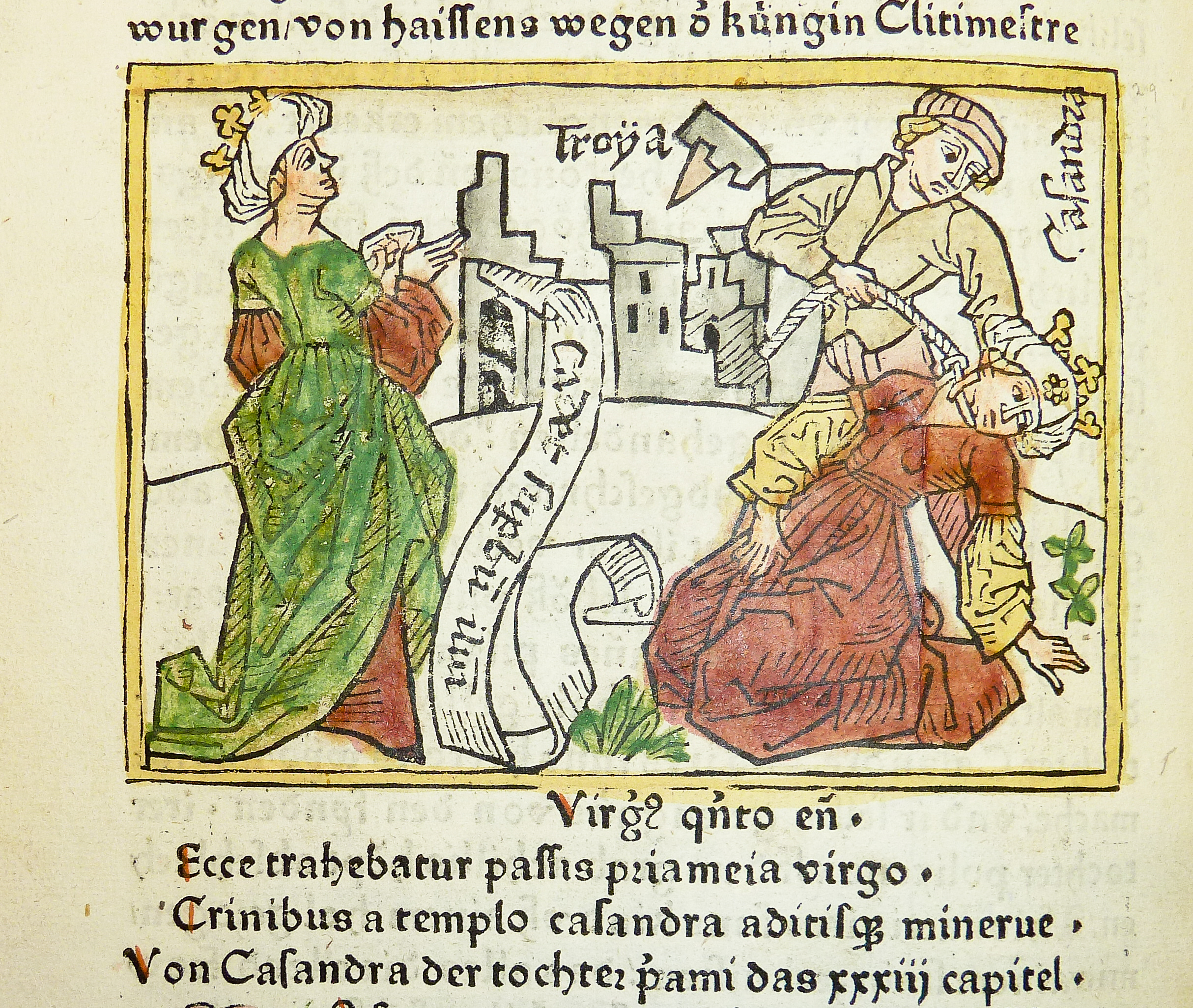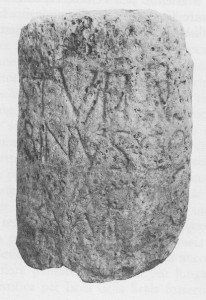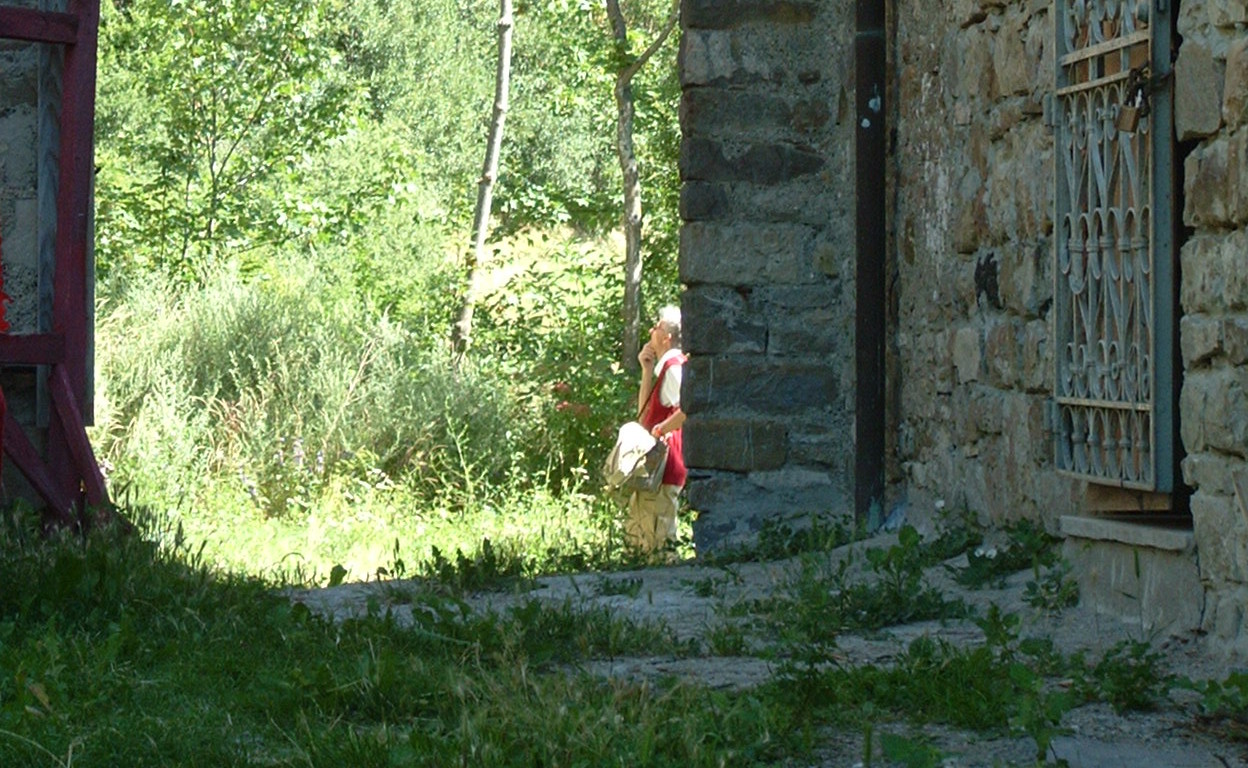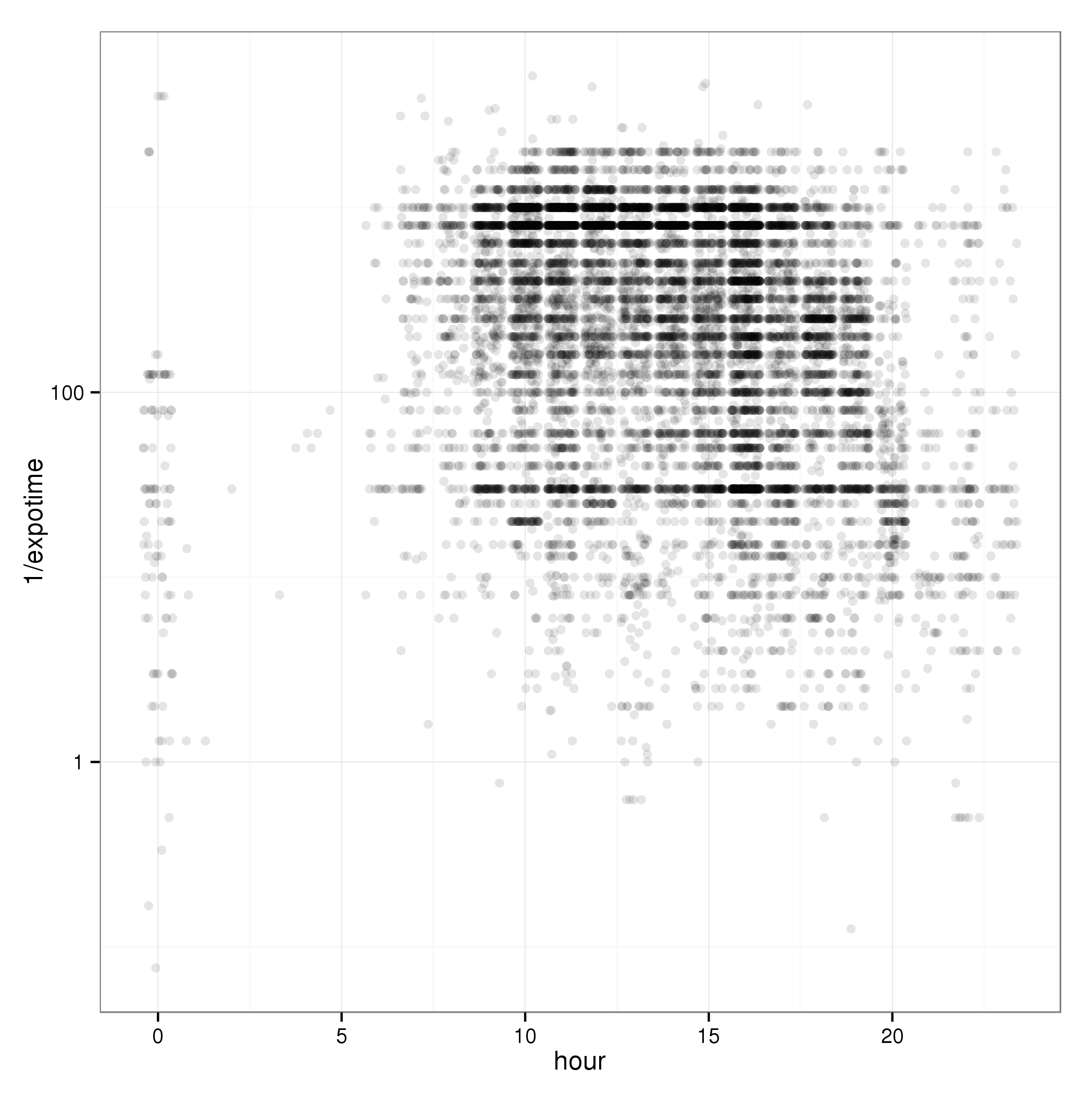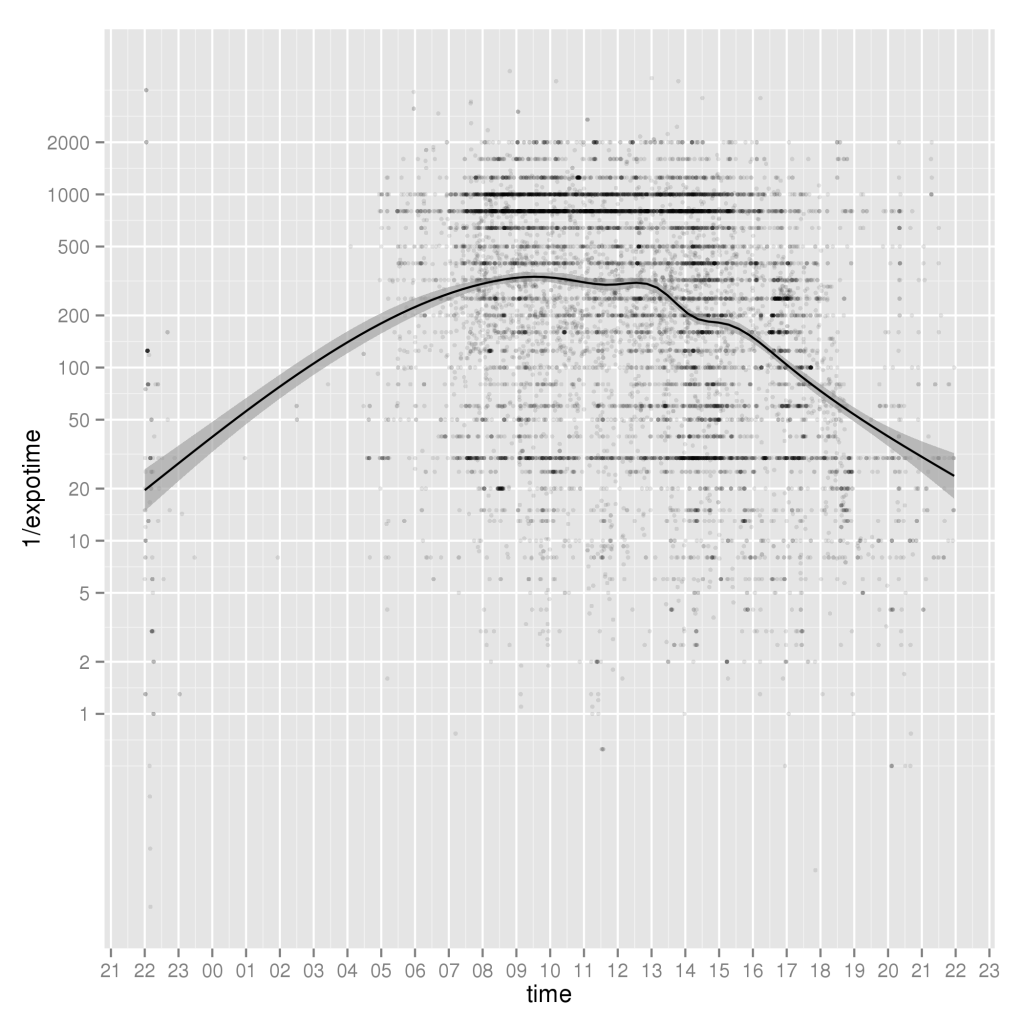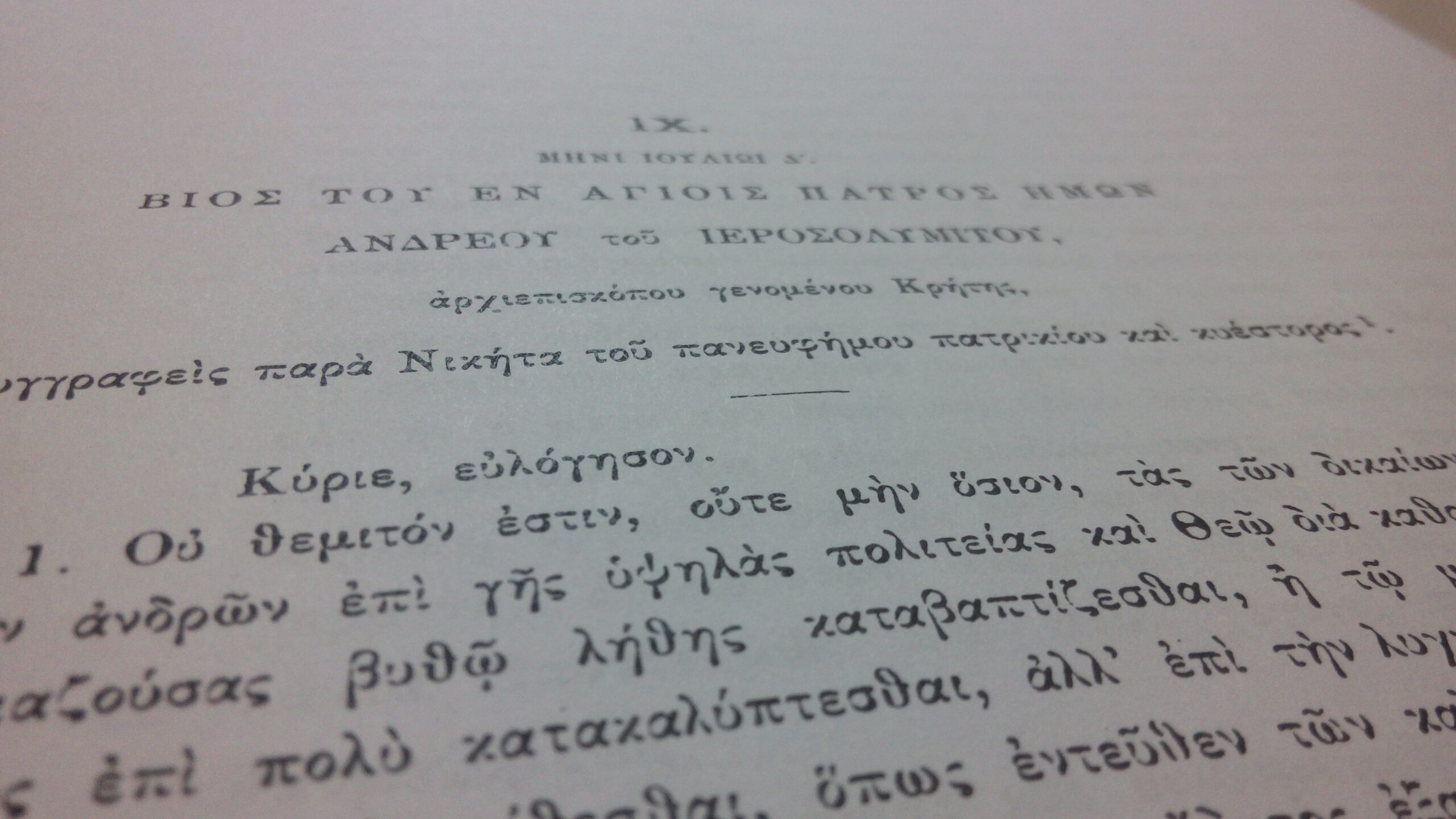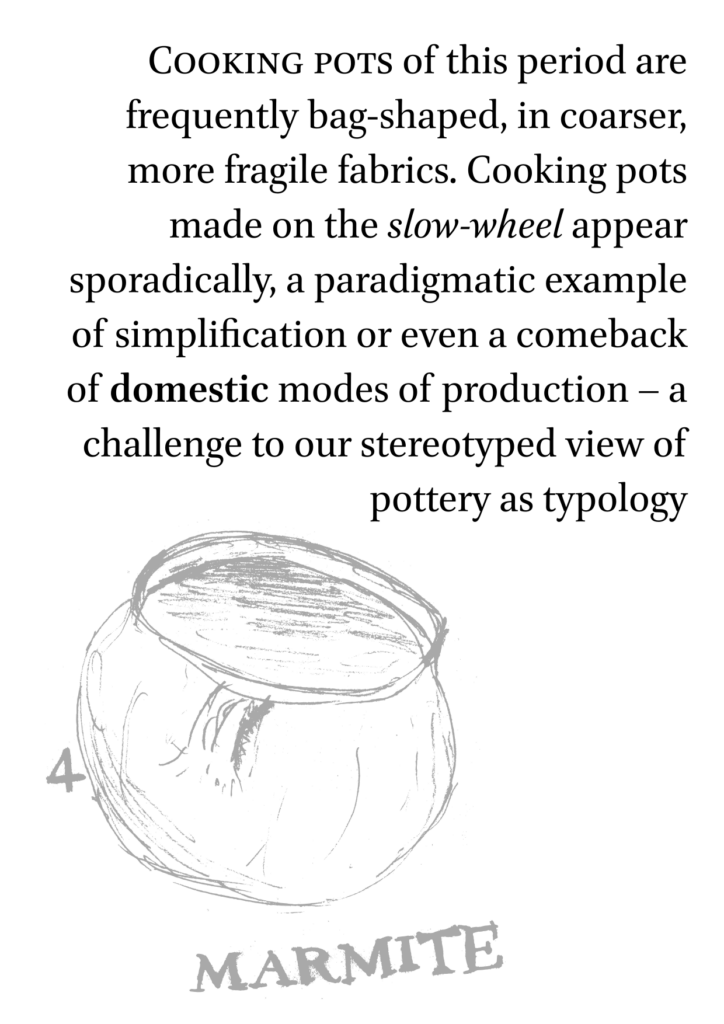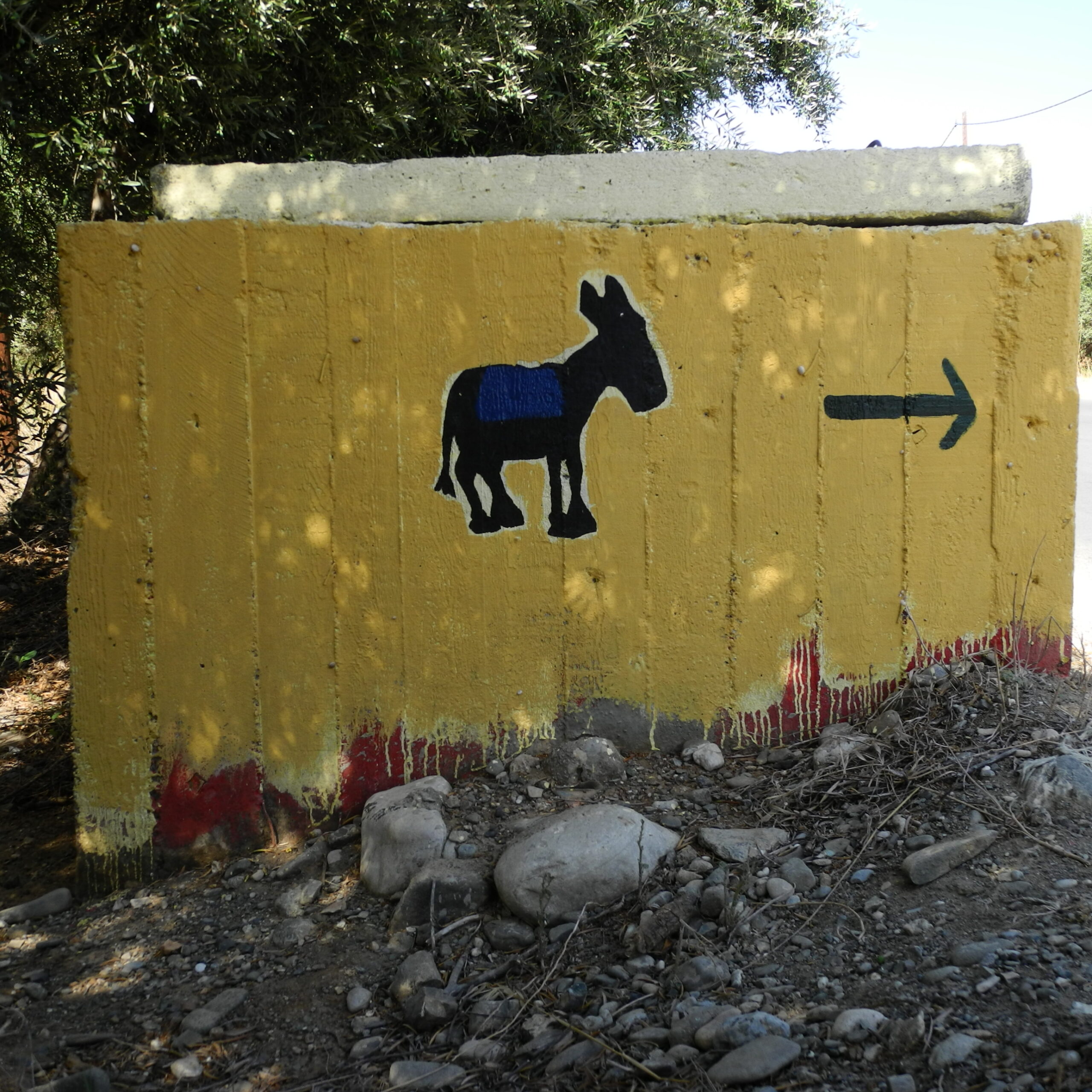Come ogni anno faccio un elenco dei libri che ho letto, senza classifiche perché sono un esercizio abbastanza penoso e, per il 2015, anche perché ho avuto la fortuna di leggere quasi esclusivamente cose bellissime. Ve li presento quindi in ordine di lettura, aiutandomi con le stupidissime frasi che ho scritto su Twitter mentre li leggevo. Non c’è un errore: è il primo gennaio 2017 e questa lista arriva in ritardo di 366 giorni.
William Gibson: the Sprawl trilogy (Neuromancer, Count Zero, Mona Lisa Overdrive) + Burning Chrome
Proprio come lo scorso anno, è l’unica lettura in inglese, a cui sono arrivato per vie molto traverse che partono da un fumetto online e passando per un album indie. Ma non è una lettura qualunque. È un punto di non ritorno. Ho già scritto qualche riga sulle connessioni intessute da questa trilogia, che ho letto in mattinate non molto calde, decisamente buie, su un lettore di ebook e che mi ha fatto capire anzitutto l’epica del cyberpunk che è costruita interamente sul linguaggio. Le distopie tecnologiche dello Sprawl sono attuali perché si nutrono di dissociazioni contemporanee, immutate nei trent’anni passati dalla pubblicazione di questi libri, anzi, accresciute in un modo (im)prevedibilmente (in)concepibile.
Wu Ming, Cantalamappa
Come mi sono sentito di scrivere mentre lo leggevo:
Uno pensa di essere adulto, poi per fortuna i Wu Ming scrivono Cantalamappa e tutto prende una piega miglioree continuo a pensarlo. Ci sono in questo libro storie che mi hanno fatto tornare bambino, anche quando parlano di cose “da adulti”. C’è un filo conduttore, la mappa, la scoperta del mondo che sia lontano o vicino, che è sempre stato uno dei miei modi di pensare. Un modo per una volta leggero di leggere Wu Ming. Regalato anche a lettori più giovani!
Yamunin, Diario di zona
Banalmente, potrei aver apprezzato Diario di zona perché racconta la città attraverso gli occhi di uno che è arrivato a Torino ma non ci è né nato né cresciuto, attraversandola in sella a una bicicletta e soffermandosi sulle tante lapidi che ricordano giovani morti lottando contro i nazifascisti. La verità è che a questo libro mi sono affezionato in prima persona, partecipando a letture e presentazioni. Che ho imparato a guardare chi fa le misurazioni dei contatori, e a vedere il lavoro e la persona che le fa. Che ogni città dovrebbe avere un suo diario di zona in cui si descrivano gli abitanti, le case, i marciapiedi senza vezzeggiativi. Che ognuno dovrebbe scrivere il proprio diario di zona e non limitarsi a percorrere le stesse quattro strade tutti i giorni, guardando come bestie gli abitanti degli altri quartieri in cui non avete mai messo piede.
David van Reybrouck, Congo
Un minimo di boria mi sia concessa per Congo, non il più bello ma certamente il più monumentale dei libri che ho letto nel 2015. Ho una copia di Congo. Een geschiedenis autografata da David van Reybrouck (con tanto di dedica e incoraggiamento ad imparare a leggere nederlands) nel 2012. Non ho comprato la traduzione italiana del libro attratto dalla fascetta di Roberto Saviano (come se qualcuno sapesse qualcosa dell’Africa, maledizione) né tantomeno dalla foto patetica sbattuta in copertina, così infedele all’originale da risultare fastidiosa. Congo non è una lettura facile, ma non è un manuale di storia ‒ è il narratore che ha magistralmente scelto per noi un pugno di persone che tengono insieme centoventi anni di politica, sette religiose, rivendicazioni, colonialismi pessimi e decolonizzazioni peggiori, musica, commercio, pugilato. La perla di Congo è scoprire pagina dopo pagina quanto sia importante il narratore di queste storie.
G.B. Canepa, La repubblica di Torriglia
Il giorno del mio compleanno siamo saliti sul Ramaceto e guardando forte là in fondo verso Cichero abbiamo letto ad alta voce la storia di Severino, lì in mezzo alle montagne dove ha combattuto la guerra partigiana contro i nazifascisti. Le montagne hanno la memoria lunga.
L’età della febbre
L’età della febbre è un’antologia edita da minimum fax, un sequel de La qualità dell’aria (che non ho letto) dove una manciata di autori italiani raccontano, a modo loro, il Paese e quello che ci succede. Nelle mie non-recensioni su Twitter, ho avuto l’ardore di definirlo
un Decameron poliedrico sulla famiglia italiana
perché è la sensazione ripetuta che ho incontrato leggendo ogni racconto, che ogni storia si arrotolasse intorno ad una famiglia, giovane o vecchia, con o senza figli, affiatata o scomposta.
Tommaso Pincio, Panorama
Panorama, o panòrama come mi è sembrato più naturale pronunciare il titolo di questo libro, era necessario. Perché sventra, magari in modo familiare a chi è più avvezzo al mondo letterario, un po’ della sua mitologia fondante, usando i social network come elemento di trama mescolata tra realtà e finzione. Poi per chi vive o conosce Roma più di me si trovano certamente altre chiavi di lettura.
Mi piacerebbe, per provocazione, leggere questo libro scritto a generi invertiti.
Alberto Prunetti, Amianto
Un libro in cui la voce narrante si fa beffe di ignari archeologi senesi rivendendo cazzuole maremmane come pregiate trowel britanniche sarebbe già di per sé meraviglioso. Ma non è per le burle che Amianto lascia il segno. È la serie di pugni nello stomaco, che si ripete impietosa alla Olivetti, alla IPLOM e in tante altre industrie “di eccellenza” dell’Italia che produce, lavora e crepa di mesotelioma. Negli stessi giorni in cui leggevo questo libro ho assistito alla clownesca performance di un fittizio padre fondatore del digitale italiano (uno dei tanti che si possono rintracciare) che proprio della Olivetti si fregiava, e il contrasto mentale che ne ho avuto era stridente quanto tonnellate di pece su corpi nudi. Avere tra le mani questa controstoria, umana e tragica, è un dovere. In più, Prunetti eccelle nel legare le lotte (semplicisticamente definibili) dei decenni scorsi con quelle (solo apparentemente) così diverse dei precari odierni, proletari intellettuali come è lui stesso.
José Saramago, Viaggio in Portogallo
Non ho terminato la lettura di questo libro perché quando ero a metà sono partito per il Portogallo, e durante il viaggio ho passato più tempo a vagare per Lisbona che a leggere. Ha un tempo magico, lentissimo e, se non ci si fa annoiare, ipnotico. È, semplicemente, una ininterrotta sequenza di epifanie lungo le strade di tutto il paese. Saramago ha voluto che tutti si innamorassero come lui degli angoli più nascosti del Portogallo, nelle campagne sperdute o in mezzo alle città. Non è una guida turistica né vuole assomigliarci!
Kurt Vonnegut, Quando siete felici, fateci caso
Questo volumetto contiene vari discorsi di Vonnegut rivolti a studenti, di per sé abbastanza ripetitivi anche se impeccabili (e comunque sempre, sempre, sempre meglio di Steve Jobs) ed è una buona summa del Vonnegut-pensiero socio-letterario. Inoltre, è composto tipograficamente in modo delizioso.
Luca Mastrantonio, Pazzesco
Sottotitolo: Dizionario ragionato dell’italiano esagerato. Molto leggibile, alcune cose note e altre no. A volte sconfina un poco in un approccio da “spiegato bene” ed è più attento al registro politicoso che a quello verace della lingua italiana.
James Ellroy, Perfidia
Dopo aver letto con malsana avidità American Tabloid non potevo non lanciarmi a capofitto su Perfidia. Dalla metà di novembre è rimasto fermo e chiuso in attesa di avere un po’ di tempo per respirare, mentre mi dedicavo in modo più deciso alla scrittura. Perfidia è il primo libro che ho letto nel 2016.





